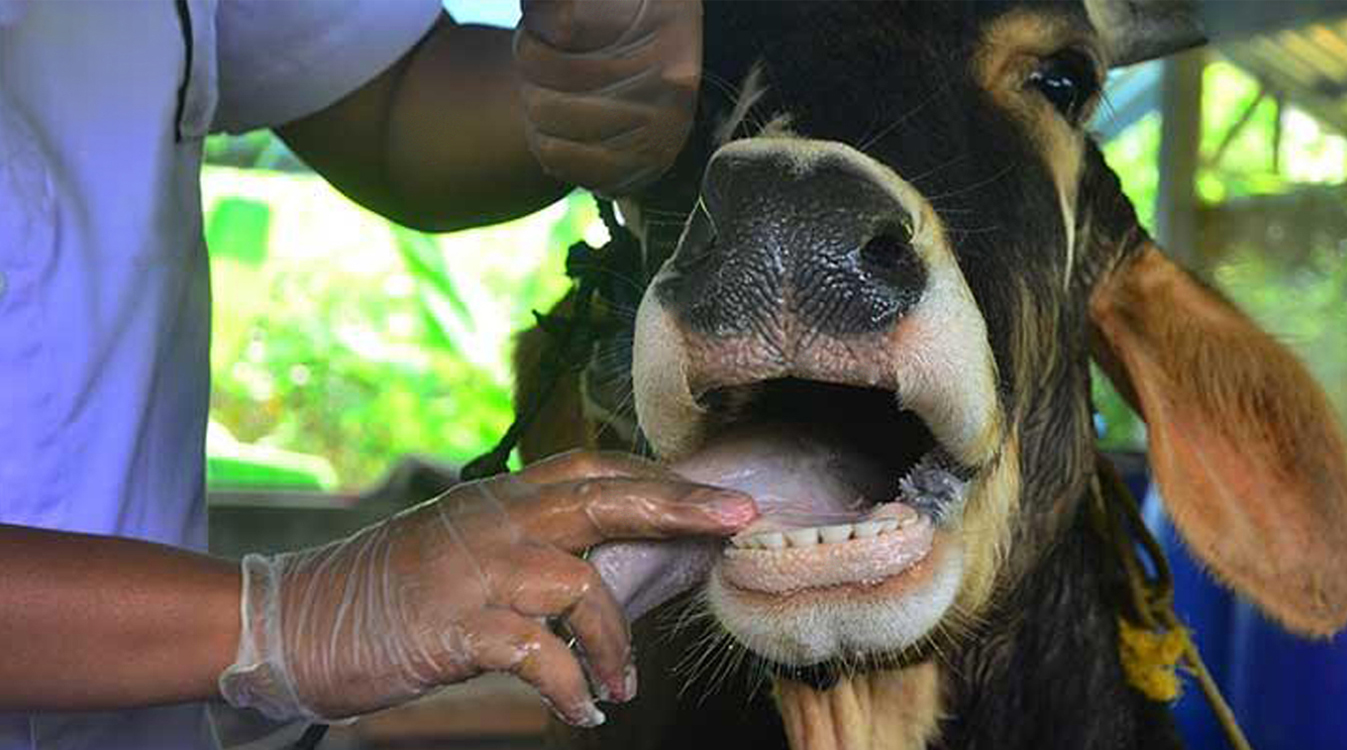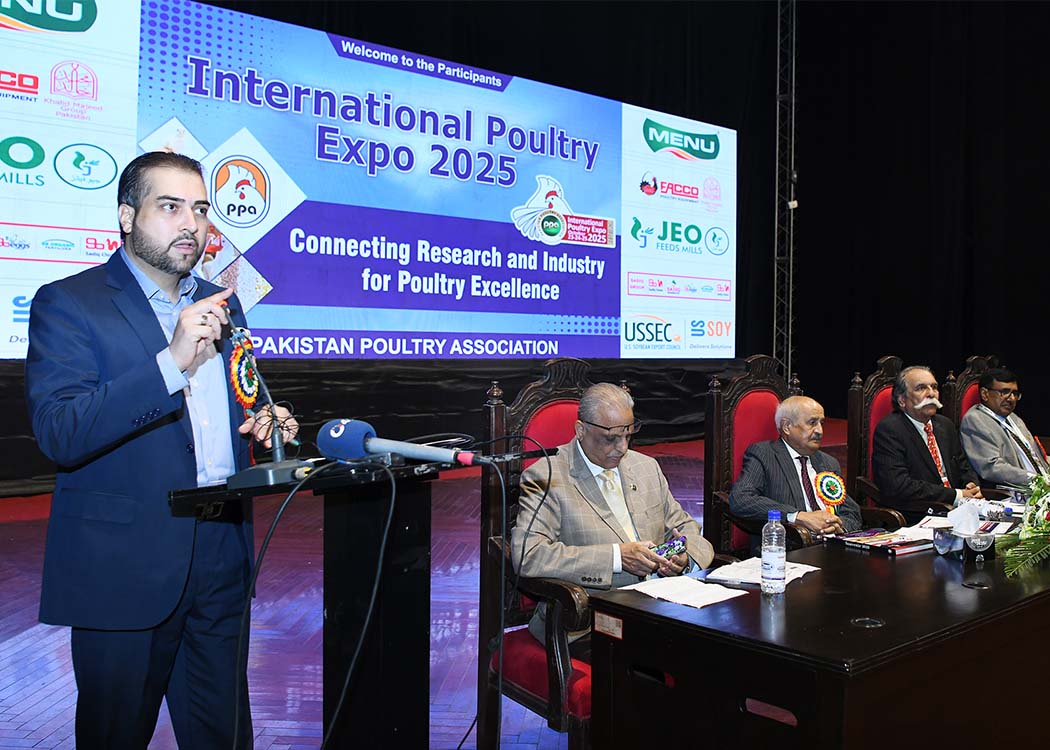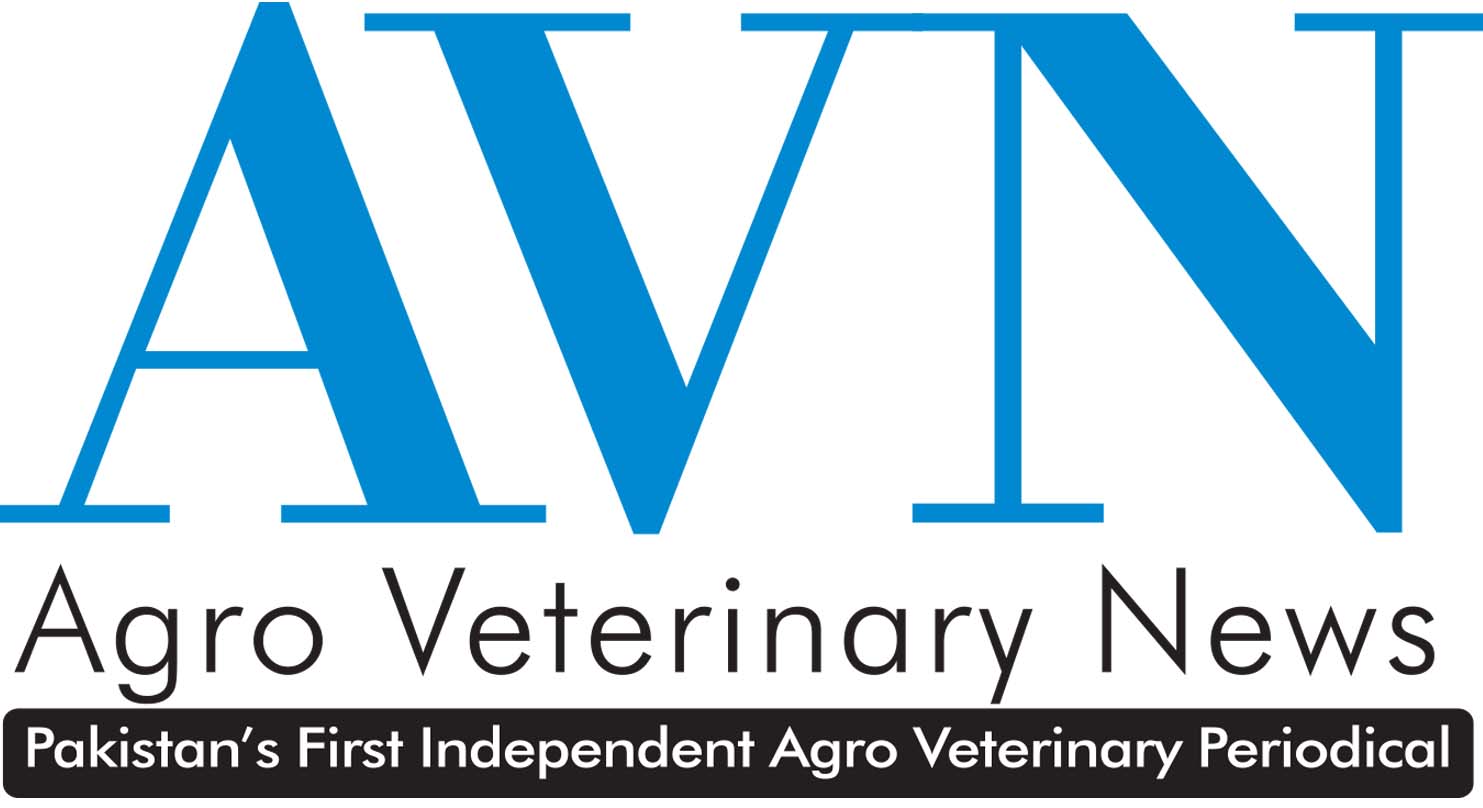From Foot-and-Mouth in Pakistan to Lumpy Skin in Spain, October saw new and resurgent animal illnesses challenge farmers and global health authorities
In a month marked by widespread challenges for the global livestock sector, multiple disease outbreaks have emerged, alarming farmers and health officials. From Foot-and-Mouth Disease (FMD) in Pakistan to Lumpy Skin Disease (LSD) in Spain, these incidents are threatening economic stability and food security in affected regions.
In Pakistan’s Punjab province, an FMD outbreak has caused significant distress among farmers across multiple villages in Tehsil Pattoki, including Sarai Mughal, Hanjra Khurd, and Kot Shakir Hanjra. Dozens of cattle and buffaloes have been infected, leading to reduced milk production and severe financial losses. Farmers accuse the local Livestock Department of negligence, claiming their repeated requests for vaccines have been ignored, worsening the situation. This is not the first time FMD has troubled the region; past outbreaks have also crippled the local livestock industry.
Meanwhile, in Central Darfur, officials have sounded an alarm over a deadly outbreak of hemorrhagic diseases, which are affecting horses and donkeys. An additional threat is posed by severe respiratory symptoms observed in cattle, raising fears of a large-scale economic and environmental disaster for a region already facing instability.
In Europe, the arrival of new diseases is causing concern. On October 8, Spain reported its first case of Lumpy Skin Disease (LSD) in a dairy farm in Catalonia. The virus, which can cause significant economic losses by reducing milk production and damaging hides, has led to movement restrictions on cattle. Spain’s agriculture minister imposed a temporary ban on live cattle exports to prevent further spread, while countries like the Philippines have implemented bans on cattle products from Spain. These events underscore a broader vulnerability within the global livestock industry. The World Organisation for Animal Health (WOAH), currently hosting a conference on biothreat reduction, highlighted that animal pathogens cause devastation worldwide and are a critical component of global health security. These outbreaks emphasize the urgent need for better disease surveillance, biosecurity, and international cooperation to mitigate risks to animal health, livelihoods, and the wider economy.






